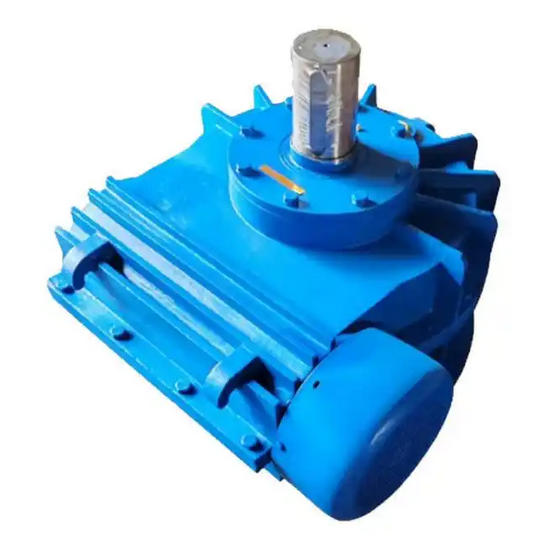What is the noise level of CWS100-63-I worm gear reducer
As a CWS series circular cylindrical worm gear reducer, CWS100-63-I relies on the structural advantage of circular tooth meshing. Under normal operating conditions, the noise level is in a relatively low range, and the conventional operating noise is mostly between 60-70dB (A), which may fluctuate with operating conditions, assembly, and maintenance. The following is a detailed explanation:
Reference noise range and basis: This model belongs to the medium-sized industrial grade worm gear reducer, with a center distance of 100mm and a transmission ratio of 63. The adapted input power and output torque are at a moderate level. Based on the common characteristics of "small meshing impact and smooth transmission" of worm gear reducers, as well as industry test data on circular arc tooth worm gear reducers of the same specifications, the noise is usually stable at 60-70dB (A) under standard input speed and rated load conditions of 1500r/min. This range meets the conventional noise standards for medium-sized industrial reducers under rated load, similar to the noise intensity of daily vacuum cleaners, and will not cause serious interference to the workshop environment. And some manufacturers' products in this series are marked with gears that have been ground and processed, which can further improve the transmission balance and make the noise closer to the lower limit of the range.

Noise fluctuations under different operating conditions: The actual noise will change with the variation of operating conditions. For example, during no-load operation, the meshing pressure caused by no load can reduce the noise to below 60dB (A), which is close to the sound of normal indoor conversation; If under high-speed or short-term overload conditions, the meshing friction may intensify, and the noise may briefly rise to 70-75dB (A), but generally not exceed 80dB (A). In addition, its transmission ratio reaches 63, which belongs to a larger speed ratio design. The sliding friction noise during low-speed output is lower, and can even be controlled within 65dB (A), which is suitable for low-speed transmission scenarios with certain requirements for noise reduction.
Factors affecting abnormal noise increase: If not maintained or assembled properly, the noise will significantly exceed the reference range. Insufficient machining accuracy of worm gears and worm gears, as well as deviation in center distance during installation, can lead to poor meshing and produce sharp noise caused by metal friction; Insufficient lubricating oil, mismatched models, or mixed impurities can exacerbate component friction and cause a sudden increase in noise; After long-term use, bearing wear and loose shell fixation may cause resonance, and periodic impact sounds or low-frequency roaring sounds may also occur. At this time, the noise may exceed 80dB (A), and timely troubleshooting and maintenance are necessary.

